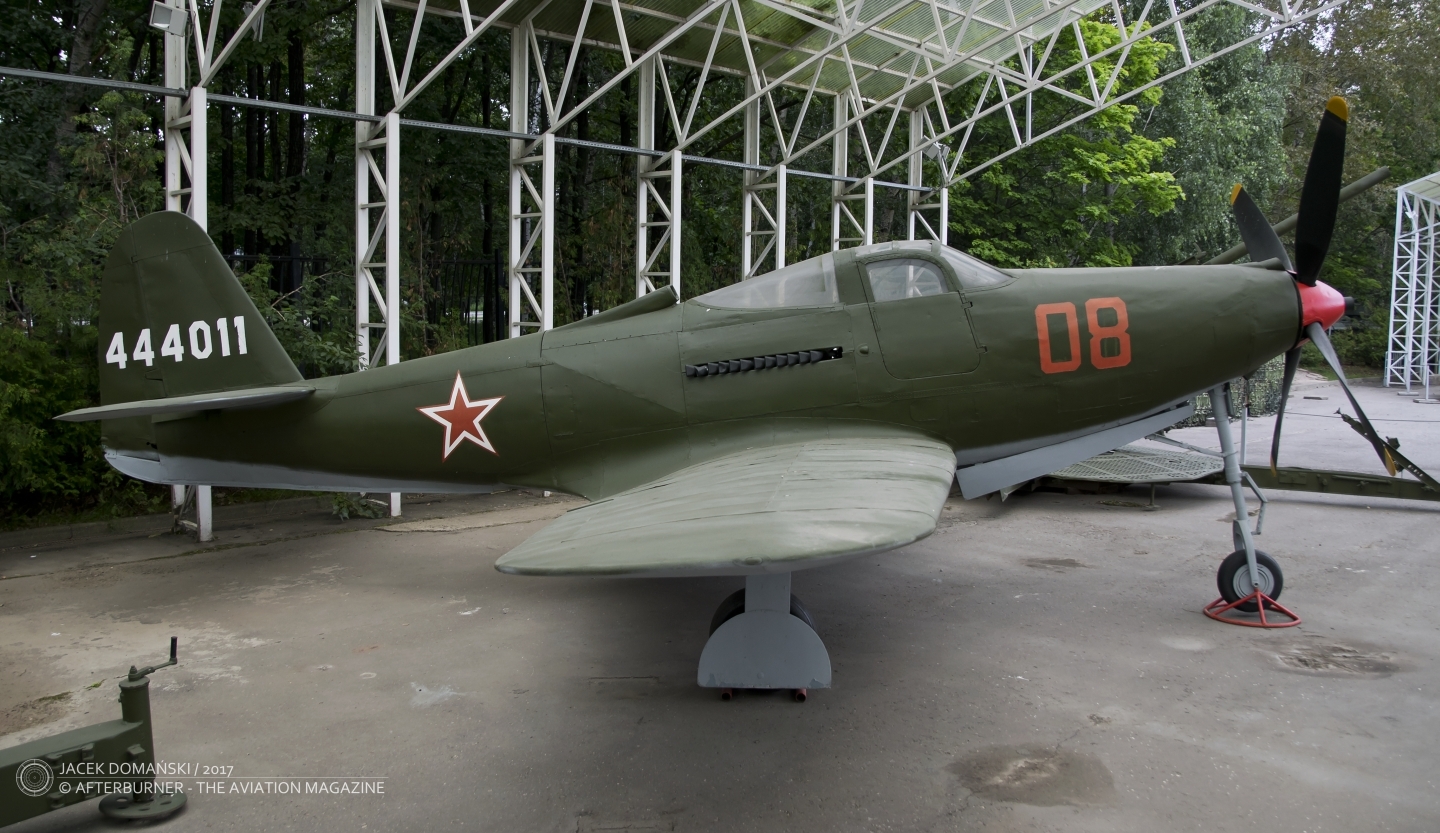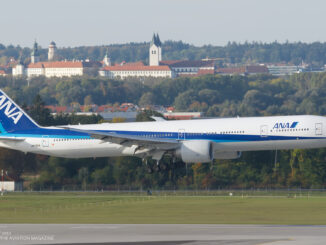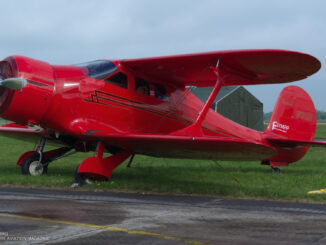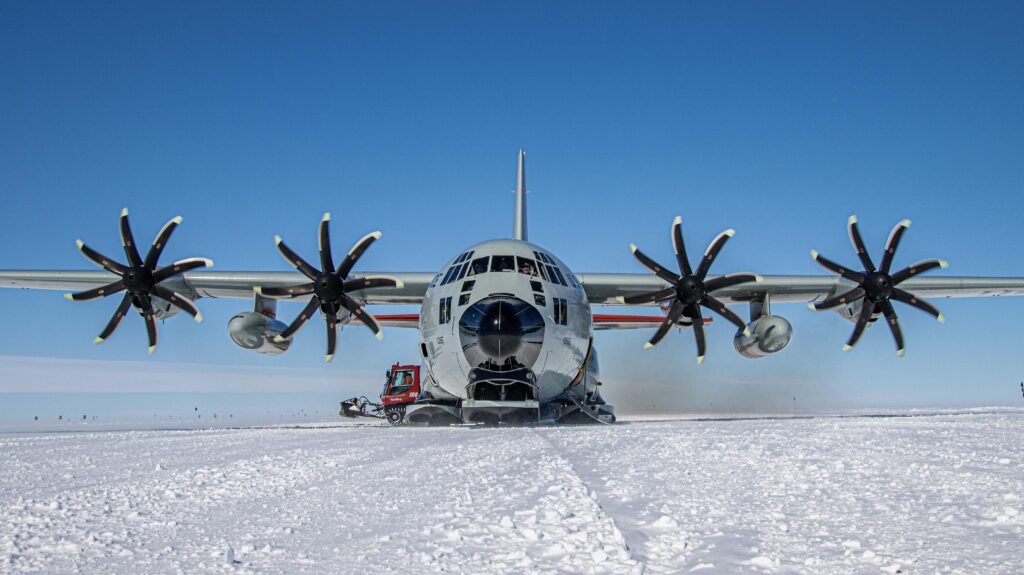 Summer has many different faces. At a time when many people are setting out to spend their holidays by the warm sea – or suffers summer heat wave in their own homes, there still exist some places, where summer is associated with extensive open-snow training.
Summer has many different faces. At a time when many people are setting out to spend their holidays by the warm sea – or suffers summer heat wave in their own homes, there still exist some places, where summer is associated with extensive open-snow training.
That is exactly the case with the Greenland Ice Sheet. It covers approximately 79% of the surface of the world´s largest island, thus being the second largest ice body on Earth, after the Antarctic ice sheet. It is also where the New York Air National Guard 109th Air Wing is going every summer, to perfect their operational skills in harsh snow environment.
The abovementioned unit is the sole aviation component in the world that operates LC-130 Hercules aircraft, an airlifter being modified with wheel-ski gear and able to operate in polar regions. Apart from combat airlift missions, one of the primary tasks of the 109th Air Wing is to provide aviation support to the National Science Foundation, an independent US government agency performing research activities in the Arctic and the Antarctic.
Although initially formed in 1948 as fighter-interceptor unit, the 109th was converted into an airlift group in 1960 and redesignated as the 109th Air Transport Group (Heavy). In the following years, it performed several missions in Europe, Africa, the Caribbean and South America. Then in 1975, the group started its Arctic adventure, when the first and only active ANG mission was assigned to the unit – providing air support for the Distant Early Warning Line (DEW) radar sites in Greenland.
The DEW line was a system of radar sites established in the early years of the Cold War era. Its stations, initially located in the far northern territories of Alaska and Canada, had to detect incoming Soviet aircraft and provide an early warning to the USA in case of Soviet bomb raids or airborne invasion.
Shortly thereafter the line of stations was extended by another locations in Greenland and Iceland, codenamed DYE Stations. And exactly their crews were supplied and rotated by the 109th Tactical Airlift Group (as the unit was then designated), operating from Sondrestrom air base in Greenland.
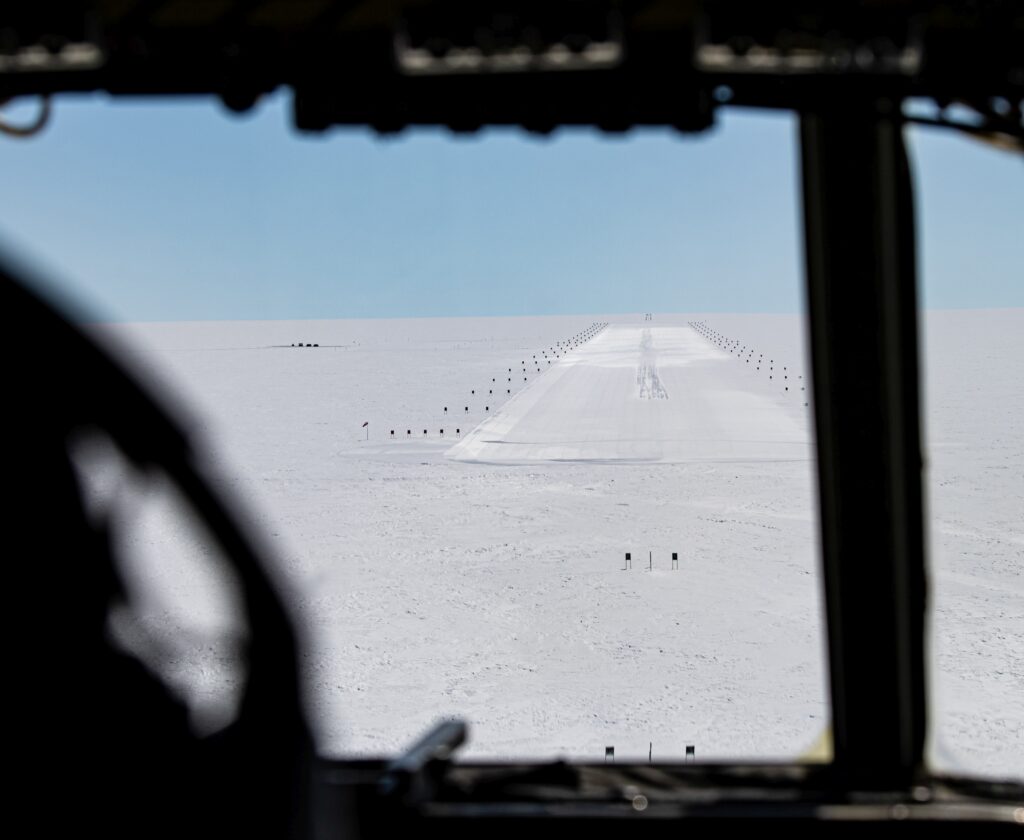
At the end of the 1980s, the DEW stations were already considered obsolete and most of them were replaced by the North Warning System and its facilities. However, the DYE sites in Greenland were all abandoned between 1988 and 1991, meaning the end of DEW-support missions for the 109th Group. The last operational flight in support of DYE-3 site was reported on 3rd December 1989.
Nevertheless, an experience gained by the 109th Tactical Airlift Group was not wasted, due to new task being assigned to the unit. This time it was a long-term aviation support for the National Science Foundation. The first mission to the Antarctic was flown yet in January 1988 and supporting the NSF activities in that area was continued for the next eight years.
On 1st October 1995, the unit was redesignated 109th Air Wing. Two and a half year later, on 20th February 1998, it took over the responsibility for supplying the United States Antarctic Programme.
In order to provide training opportunities, the 109th Air Wing kept the facility located on the Greenland ice cap, known as Ice Station Ruby or Raven Camp. Initially, this site was a landing field that supported DYE-2 station, established in 1961 and equipped with FPS-30 radar.
Currently, Raven Camp is both an NSF scientific camp and a seasonally operated air base for the 109th Air Wing. Due to the fact that it is located near the so-called ´equilibrium line´ of the Greenland Ice Sheet, the station may be used as a training facility during a limited period of warm months, from April to August.
The Raven Camp air base includes a snow runway, operational facilities to secure open-snow take-off and landing operations plus a survival school and automated weather stations belonging to the NSF. Raven Skiway – as the landing area of the base is called – consist of a 6,000 feet ski-way and a 5,000 feet of additional ungroomed landing area. The station is being used for regular training of the 109th Air Wing personnel in landing on ice runways, polar airdrops and operating in snow and ice conditions. Kangerlussuaq, the Greenland´s largest airport that is a forty-minute flight away from Raven Camp, is being used as a launch and recovery base for training operations.
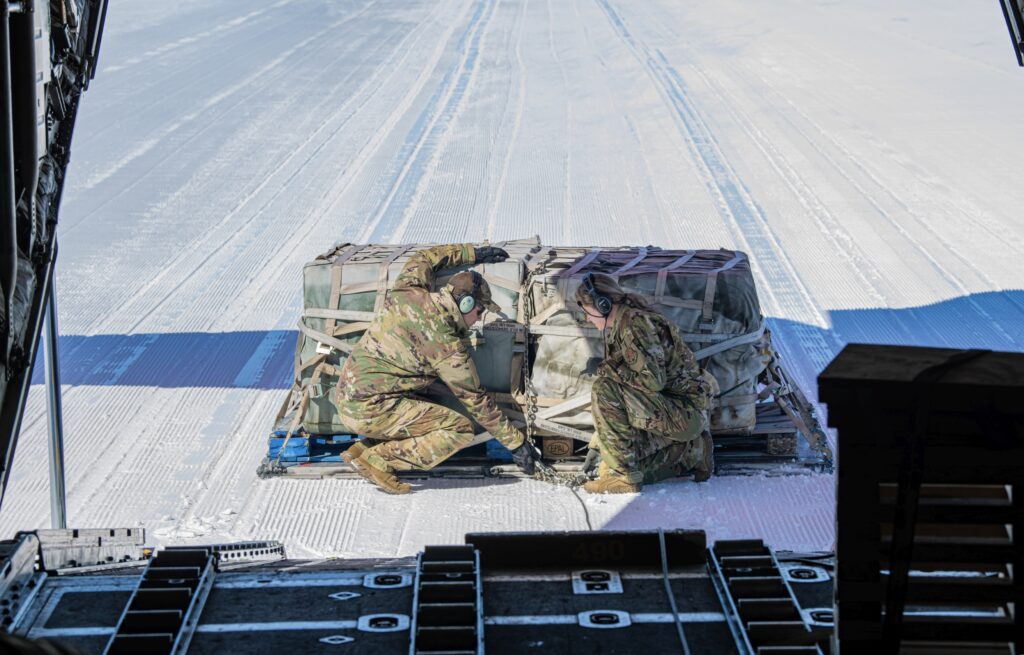
Apart from the training purposes the 109th Air Wing also uses its Greenland detachment to provide support for the NSF activities on the island. Flying their LC-130 Skibird aircraft, the New York ANG is carrying fuel, cargo and passengers to and from various scientific camps throughout Greenland.
During the 2020 season, the 109th Air Wing delivered 30,000 pounds of cargo and almost 40,000 gallons of fuel to Summit Camp – an all-year scientific research station located near the apex of the Greenland Ice Sheet. Nevertheless, it was done during a shortened three week season and that resulted in not enough training flights for the unit.
This year´s season was also marked by coronavirus restrictions. All safety measures had to be coordinated with Greenland and Danish governments and strict quarantine and testing rules must be observed by deployed military personnel.
On 10th March 2021, the first group of 80 airmen and two LC-130 aircraft left Stratton ANG base and headed for Kangerlussuaq. The 109th Air Wing estimates that more than 400 of personnel, in several consecutive rotations, will be able to participate in air operations from the Raven Camp this year. In addition, about 50 missions to support the Summit Camp are planned for 2021 season.
The 109th Air Wing is the only ski-equipped aircraft unit of the US armed forces. It operates LC-130H Hercules airlifters, configured to land on ice and snow. Apart from the abovementioned activities in Greenland, the 109th Air Wing also supports Operation Deep Freeze in the Antarctic.
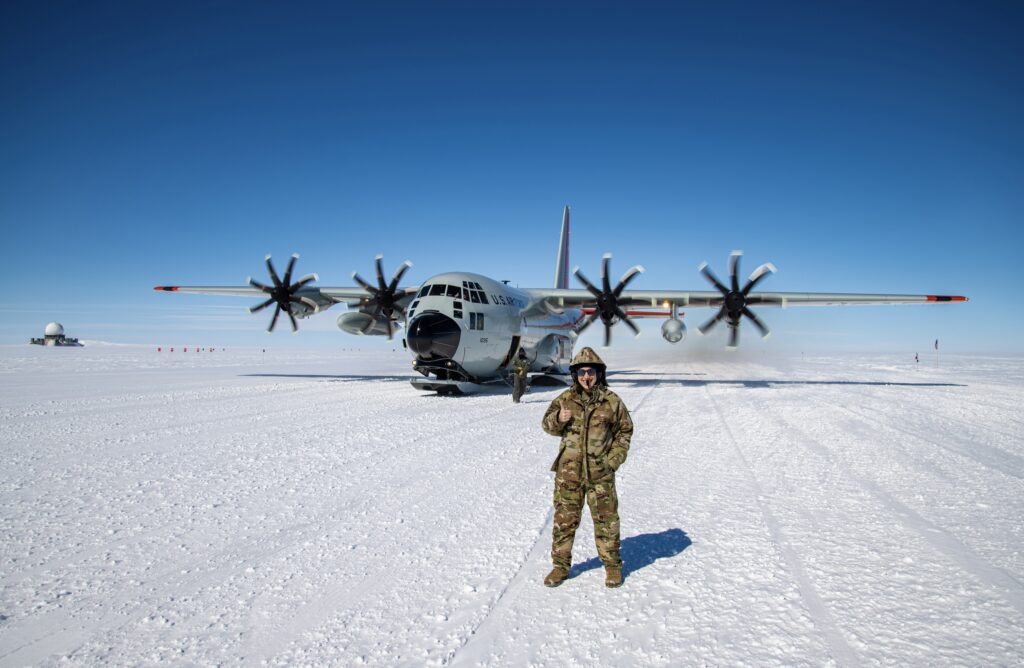
All photos © U.S. Department of Defence (DoD), cover photo (LC-130 Skibird assigned to the 109th Airlift Wing sits on the ice runway at Raven Camp) and all other photos by Maj. David Price, ANG. DoD information materials and press releases were used, in compliance with Public Domain licence. The appearance of U.S. Department of Defense (DoD) visual information does not imply or constitute DoD endorsement.

